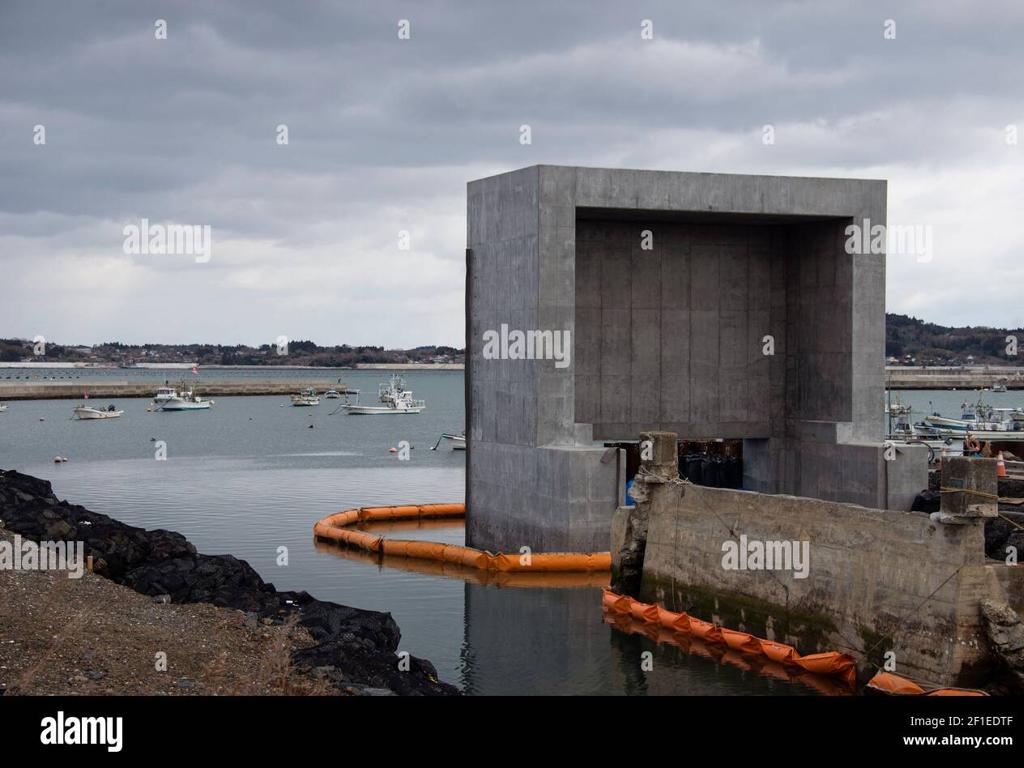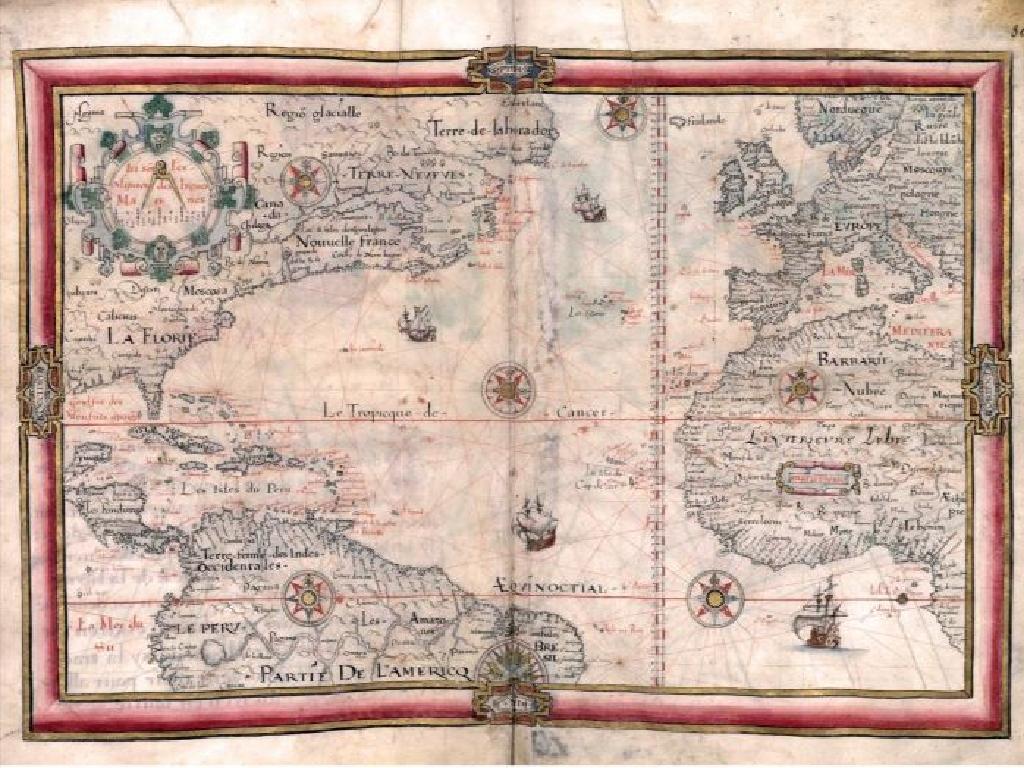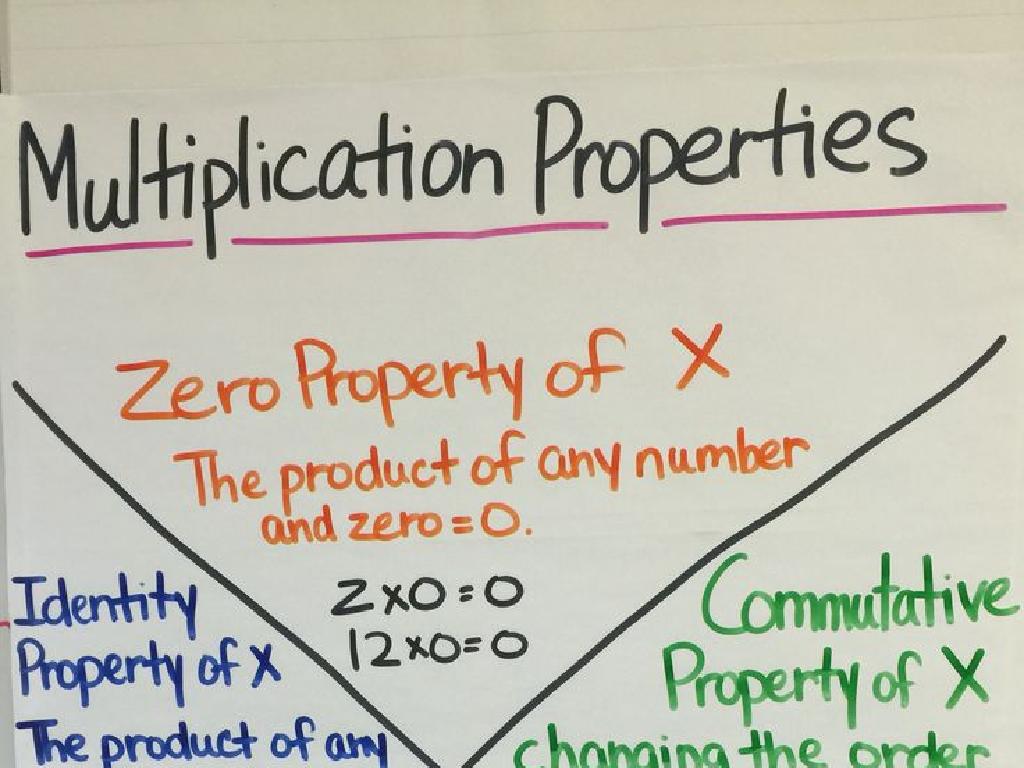End Of Empire And Cold War
Subject: Arts and humanities
Grade: High school
Topic: World History Project - 1750 To The Present
Please LOG IN to download the presentation. Access is available to registered users only.
View More Content
Introduction to the End of Empires
– Defining an Empire
– An empire is a group of nations or peoples ruled over by an emperor, empress, or other powerful sovereign or government.
– Empires in early 20th century
– British, Ottoman, Austro-Hungarian, and Russian empires dominated.
– Decolonization movements
– Post-WWII era marked by nations seeking self-rule and end of colonial control.
– Struggle for independence
– Movements led by figures like Gandhi in India and revolutions in Africa and Asia.
|
This slide introduces the concept of empires and sets the stage for understanding the global shift away from imperial rule in the 20th century. Students should grasp the definition of an empire and recognize the major empires that existed at the beginning of the 20th century. The slide will also touch upon the decolonization process, highlighting the independence movements that arose after World War II, leading to the dissolution of empires and the creation of new nation-states. Discuss the impact of these movements on the political, social, and economic landscapes of the former colonies and the world. Encourage students to think critically about the legacy of empires and the lasting effects of decolonization.
World War II: Catalyst for Change
– WWII’s role in empire decline
– The war drained resources, leading to weakened colonial powers.
– Resistance and independence movements
– Movements emerged globally, e.g., Africa, Asia, demanding self-rule.
– Case Study: India and Pakistan’s independence
– A pivotal moment in 1947, marking the end of British colonial rule in South Asia.
– Global shift post-WWII
|
This slide examines the impact of World War II on the decline of empires and the subsequent rise of independence movements. The war significantly weakened European colonial powers, both economically and militarily, paving the way for colonies to push for self-governance. Highlight examples from various continents where resistance movements gained momentum during and after the war. The independence of India and Pakistan serves as a case study to illustrate the process and consequences of decolonization. Discuss the partition, the role of key figures like Gandhi and Jinnah, and the lasting effects on the region. Conclude with a discussion on how the post-war global landscape set the stage for the Cold War era.
The Cold War Era: A Global Standoff
– Origins of the Cold War
– Post-WWII tension between USA and USSR, competing ideologies.
– Global power struggle
– Both superpowers sought to expand their influence worldwide.
– The nuclear arms race
– USA and USSR amassed nuclear weapons, escalating tensions.
– MAD: A precarious balance
– Mutually Assured Destruction ensured neither side launched first.
|
This slide introduces the Cold War, a period of geopolitical tension between the United States and the Soviet Union and their respective allies. It began after World War II due to ideological differences, with both nations emerging as superpowers. The global influence section should highlight how the Cold War was not just a bilateral conflict but had worldwide implications, with both nations trying to expand their influence in various regions. The nuclear arms race was a critical aspect of the Cold War, with both countries developing large arsenals of nuclear weapons, leading to the concept of MAD, which posited that a nuclear war would be suicidal for both. This concept effectively prevented direct military conflict between the two superpowers. Discuss the implications of MAD and how it influenced international relations and military strategy during the Cold War.
Decolonization Movements and Global Impact
– Catalysts for decolonization
– Post-WWII economic shifts, national identity, anti-colonial sentiment
– Key figures in liberation
– Nkrumah, Gandhi, Mandela: led movements for self-governance
– Decolonization’s political effects
– Shift in power dynamics, rise of new nation-states, Cold War tensions
– Understanding post-colonial states
|
This slide aims to explore the complex factors that led to the wave of decolonization after World War II, highlighting the economic, political, and social catalysts. Students should understand the roles played by significant leaders like Kwame Nkrumah, Mahatma Gandhi, and Nelson Mandela, who each contributed to the liberation of their respective nations. The impact of decolonization on global politics includes the alteration of power dynamics, the emergence of new nation-states, and the intensification of Cold War tensions as newly independent countries navigated a bipolar world. Encourage students to consider the lasting effects on international relations and the challenges faced by post-colonial states.
The Fall of the Soviet Union
– Prelude to Soviet collapse
– Economic struggles, political unrest, and the Afghan War set the stage for collapse.
– Gorbachev’s reform policies
– Glasnost promoted openness, while Perestroika restructured the economy.
– USSR dissolution and aftermath
– In 1991, the USSR officially dissolved, ending the Cold War era.
– Emergence of new nations
– Former Soviet republics declared independence, reshaping the world map.
|
This slide aims to summarize the complex events that led to the fall of the Soviet Union. Highlight the significance of the economic and political turmoil that plagued the USSR in the 1980s, setting the stage for its eventual collapse. Discuss Mikhail Gorbachev’s policies of Glasnost (openness) and Perestroika (restructuring), which were intended to revitalize the Soviet system but ultimately contributed to its downfall. Explain the dissolution of the USSR in 1991, which marked the end of the Cold War and led to the emergence of 15 independent nations. This pivotal moment in history not only reshaped the geopolitical landscape but also had profound implications for global politics, economics, and society. Encourage students to explore the consequences of these events and consider their lasting impact on international relations.
The World After the Cold War
– Shift in international relations
– End of bipolarity, rise of new global interactions
– US emerges as sole superpower
– Economic, military, cultural dominance of the US
– Post-Cold War challenges
– Economic disparities, terrorism, regional conflicts
– Conflicts in the new era
– Examples: Gulf War, Balkan conflicts, 9/11
|
This slide aims to encapsulate the major shifts that occurred in the global landscape following the end of the Cold War. Students should understand the transition from a bipolar world, dominated by two superpowers, to a unipolar world with the United States at the helm. Discuss the implications of this shift on international relations, including the emergence of new global alliances and economic systems. Highlight the challenges that arose in the post-Cold War era, such as increased regional conflicts, the rise of terrorism, and the struggle to manage economic globalization. Use specific examples like the Gulf War, the Balkan conflicts, and the events of September 11, 2001, to illustrate these points. Encourage students to think critically about the role of the United States in this new world order and the ongoing conflicts that continue to shape international relations.
Role-Play Debate: Decolonization and Its Impact
– Divide into groups by country
– Debate country’s stance on decolonization
– Reflect on empires’ end shaping today
– Consider political, social, economic changes
– Discuss the Cold War’s influence
– How did the Cold War exacerbate or alleviate decolonization struggles?
|
This class activity is designed to engage students in a role-play debate to understand the complexities of decolonization and its lasting impact on the modern world. By dividing the class into groups representing different countries, students will gain insight into the diverse perspectives and interests that shaped the post-colonial era. Encourage each group to research their assigned country’s historical position on decolonization and prepare arguments for the debate. After the debate, guide a reflection on how the end of empires has led to the current political, social, and economic landscape, and discuss the Cold War’s role in this transformation. Possible activities include representing countries like Britain, France, India, Algeria, and discussing topics such as the Suez Crisis, the Algerian War of Independence, and the impact of the Cold War on decolonization movements.






